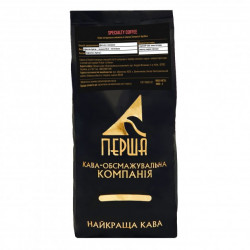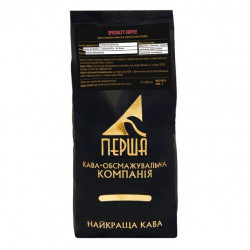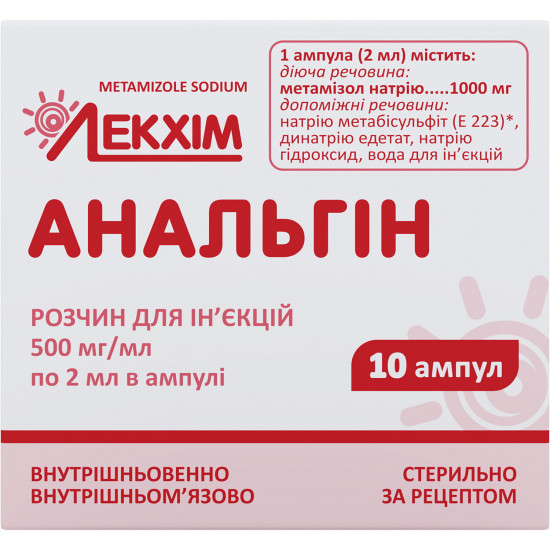
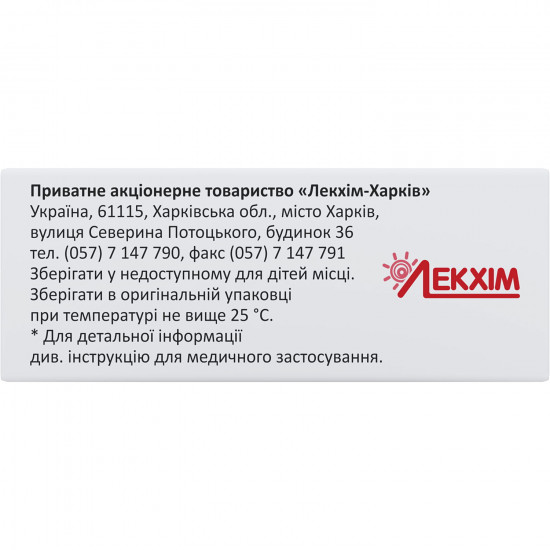
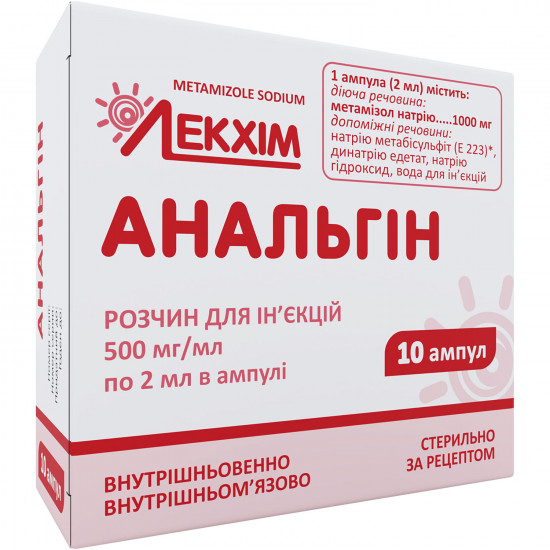



- Stock: In Stock
- Model: 181968
0% Customers recommend this product
-
5 Awesome0%
-
4 Great0%
-
3 Average0%
-
2 Bad0%
-
1 Poor0%
Reviews Over Analginum solution for infection. 500mg/ml amp. 2 ml No. 10
- (0)
Total Reviews (0)
click here write review to add review for this product.
Report this review.
Description
Translation of the instruction Mose
ANALGINUM solution for injections of 500 mg/mlInstruction
On medical use of medicine
Analgin
(analgin)
Ingredients:
Active ingredient: metamizole sodium;
500 mg contain1 ml of solution metamizole sodium;
excipients: sodium metabisulphite (E 223), dinatrium edetat, sodium hydroxide, water for injections.
Dosage form.
Solution for injections.
Main physical and chemical properties: transparent, colourless or slightly yellowish or greenish-yellowish liquid.
Pharmacotherapeutic group.
Analgetiki'sand antipyretics. pyrazyl ketones.
ATX N02B B02 Code.
Pharmacological properties.
Pharmacodynamics.
Anaesthetic, febrifugal, spasmolytic (influences smooth muscles of urinary and bilious tract) means of group of derivatives of pyrazyl ketone. Anti-inflammatory action is significant poorly.
Mechanism of action is caused by cyclooxygenase inhibition that leads to decrease in synthesis of prostaglandins which cause in the inflammation center development of pain, temperature increase and increase in fabric permeability and also disturbance of carrying out painful extra- and proprioretseptivny impulses, increase in a threshold of excitement of the thalamic centers of painful sensitivity, increase in a thermolysis.
Pharmacokinetics.
metamizol is hydrolyzed byAfter introduction to an active metabolite (at intravenous administration not changed metamizol is defined in plasma in insignificant quantities). Communication of an active metabolite with proteins ― 50–60%. It is metabolized in a liver, removed by kidneys. Gets through a placental barrier and into breast milk.
Clinical characteristics.
Indication.
Pain syndrome of small and medium intensity of different origin and localization (head, a toothache, burns, pain during the postoperative period, a dysmenorrhea, arthralgias, neuralgia, sciaticas, miozita); a hyper thermal syndrome, feverish states (in flu, acute respiratory and other infections); renal and hepatic gripes (in a combination with antispasmodics).
Contraindication.
Increased individual sensitivity to metamizole sodium and other derivatives of pyrazyl ketone. the attacks of bronchial asthma, rhinitis, conjunctivitis caused by acetylsalicylic acid or other non-steroidal anti-inflammatory medicaments in the anamnesis. hemopoiesis disturbance (agranulocytosis, cytostatic or infectious neutropenia). liver and/or renal failure. the hereditary hemolytic anemia connected with deficit glyukozo-6-fosfatdegidrogenazy. abdominal pain of unspecified genesis. anemia, leukopenia. diseases of kidneys: pyelonephritis, a glomerulonephritis, including in the anamnesis. it is impossible to enter intravenously sick with sistolitichesky arterial blood pressure lower than 100 mm Hg. polyinjury. shock. porphyria.
Interaction with other medicines and other types of interactions.
Toxic effect of medicament amplifies at simultaneous use with other non-narcotic analgetika, tricyclic antidepressants (amizol, docsepin), hormonal contraceptives and Allopyrinolum. sarcolysine and mercazolil (Thiamazolum) increase a leukopenia likelihood of development. the effect of medicament is enhanced by histamine n2-blockers, propranolol (anaprilin), weaken — phenylbutazone, barbiturates and other inductors of microsomal enzymes of a liver. analgesic effect of medicament is strengthened by sedatives and tranquilizers (Sibazonum, Trioxazinum, valocordin, codeine, etc.). medicament increases activity of oral hypoglycemic means, indirect coagulants, Phenytoinum, an ibuprofen, glucocorticosteroids and indometacin (releases from communication with blood proteins), sedative activity of alcohol, reduces concentration of cyclosporine in plasma. simultaneous use with derivatives of a fenotiazin (hlopromazin, etc.) can lead to development of the expressed hyperthermia.
byAt simultaneous use with other non-steroidal anti-inflammatory medicaments potentsiirutsya their anesthetic and febrifugal action and the probability of additive undesirable side effects increases.
Metamizol in high doses can leadto increase in concentration of a methotrexate in plasma of blood and strengthening of its toxic effects (on digestive system and the system of a hemopoiesis).
At simultaneous use with sarcolysine, mercazolil (Thiamazolum), medicaments which oppress activity of marrow including gold drugs, gematotoksichnost probability, including development of a leukopenia increases.
care at simultaneous use of medicament with diuretics Is necessary for(furosemide).
Cannot use medicament along with X-ray contrast substances, colloidal blood substitutes and penicillin.
At simultaneous use with ethanol the effect of ethanol amplifies.
Feature of use.
are necessary forAt parenteral administration medical control (high frequency of allergic reactions, including with a lethal outcome) and existence of conditions for performing antishock therapy.
At patients with atopic bronchial asthma and pollinosis the increased risk of development of reactions of hypersensitivity.
byexcludes use for removal of an acute pain in a stomach of unspecified genesis (before clarification of the reasons).
Medicine should be applied with care to patients:
— can lead- advanced age to increase in frequency of side reactions, especially from digestive system;
- with inflammatory bowel diseases, including nonspecific ulcer colitis and Crohn's disease.
At appointment as the patient with acute cardiovascular pathology. With care apply to patients in a myocardial infarction, at treatment by cytostatics, in an alcoholism, the burdened allergological anamnesis, blood diseases.
todoes not recommend regular prolonged use of medicament because of a metamizole sodium miyelotoksichnost; it is necessary to control a pattern of peripheral blood (leukocytic formula).
At use of medicament the development of an agranulocytosis in this connection at identification of unmotivated temperature rise, a fever, a sore throat, the complicated swallowing, stomatitis and also inflammation of external genitals and an anus immediate medicament withdrawal is necessary is possible.
Hypodermic administration of medicament is not used because of possible irritation of fabrics.
during treatment the coloring of urine in red color is possible(at the expense of metabolite discharge) that has no clinical value.
Seldom sodium metabisulphite can render toreactions of hypersensitivity and a bronchospasm.
Use of medicament needs to be stopped at appearance of an enanthesis and mucous membranes.
Drug contains 3.36 mmol / a sodium dose. It is necessary to be to patients, careful at use, who apply sodium - the controlled diet.
Use during pregnancy or feeding by a breast.
Drug is contraindicated toduring pregnancy (especially in i a trimester and in the last 6 weeks). during treatment it is necessary to stop feeding by a breast as metamizole sodium gets into breast milk.
Ability to influence speed of response at control of motor transport or other mechanisms.
does not influence.
Route of administration and doses.
is Appointed intramusculary and intravenously struyno. the method of administration and a dose depend on disease severity and are defined individually. the analgesic effect at intravenous administration is higher, than at intramuscular.
Solution which is entered has to have body temperature. For prevention of sharp lowering of arterial pressure the intravenous administration needs to be carried out slowly (with a speed no more than 1 ml/min.), the patient has to be in a prone position, control of arterial blood pressure, heart rate and breath is necessary. The procedure demands existence of conditions for performing antishock therapy. At intravenous administration it is necessary to use a long needle.
Adult are appointed on 0.5-1 ml (250–500 mg) by 2–3 times a day. The maximum single dose at both ways of introduction — 1 ml (500 mg), daily — 2 ml (1 g).
byto Children till 1 year appoint 0.01 ml/kg of body weight in a dose.
to Children till 1 year the medicament is administered only intramusculary.
use Duration — up to 3 days.
to Children 1 years are more senior thanenter 0.1 ml for 1 year of life 1–2 times a day. Use duration — up to 3 days.
Children.
to Children till 1 year the medicament is administered only intramusculary. to children apply under supervision of the doctor according to serious and vital indications.
Overdose.
Symptoms: hypothermia, significant lowering of arterial pressure, heart consciousness, asthma, sonitus, nausea, vomiting, gastralgia, weakness, oliguria, anury, drowsiness, nonsense, consciousness disturbance, tachycardia, convulsive syndrome; development of an acute agranulocytosis, a hemorrhagic syndrome, an acute renal and liver failure, paralysis of respiratory muscles is possible.
Treatment. Induction of vomiting, probe gastric lavage, prescribing of salt laxatives, activated carbon. Carrying out an artificial diuresis, a hemodialysis, blood alkalization, the symptomatic therapy directed to support of the vital functions. At development of a convulsive syndrome carry out intravenous administration of diazepam and high-speed barbiturates.
Side reactions.
from a liver and biliary tract: hepatitis.
from a cardiovascular system: tachycardia.
from an urinary system: an oliguria, an anury, a proteinuria, interstitial nephrite, coloring of urine in red color.
from the system of a hemopoiesis: agranulocytosis, leukopenia, thrombocytopenia, anemia, granulocytopenia.
Allergic reactions: reactions of hypersensitivity, skin rashes, itching, small tortoiseshell, conjunctivitis, Quincke's edema; seldom ― Stephens's syndrome ― Johnson, Lyell's disease, bronkhospastichesky syndrome, anaphylactoid reactions, acute anaphylaxis, dermahemia, Quincke's disease.
Another: lowering of arterial pressure, infiltrates in the injection site (at intramuscular introduction), hyperaemia, swelled, local rashes and an itching of skin in the injection site.
Incompatibility.
Because of a high probability of pharmaceutical incompatibility cannot mix medicament with other medicines in one syringe.
Expiration date.
2 years.
Storage conditions.
to Storein original packing at a temperature not above 25 °C.
to Storeout of children's reach.
Packing.
On 2 ml in ampoules. on 10 ampoules in a pack with partitions; or on 5 ampoules in the unilateral blister, on 2 blisters in a pack.
Category of release.
According to the prescription.
Producer.
Private joint-stock company lekkhim-Kharkiv.
Location of the producer and its address of the place of implementation of activity.
Ukraine, 61115, Kharkiv Region, city of Kharkiv, street Severina Pototskogo, house 36.
Specifications
| Characteristics | |
| Active ingredients | Metamizol sodium |
| Amount of active ingredient | 500 mg/ml |
| Applicant | Lekkhim |
| Code of automatic telephone exchange | N02BB02 Metamizol sodium |
| Interaction with food | It doesn't matter |
| Light sensitivity | Not sensitive |
| Market status | The branded generic |
| Origin | Chemical |
| Prescription status | According to the prescription |
| Primary packing | ampoule |
| Producer | AT LEKHIM-HARKOV |
| Quantity in packing | 10 ampoules on 2 ml |
| Release form | solution for injections |
| Route of administration | Intramuscular |
| Sign | Domestic |
| Storage temperature | from 8 °C to 25 °C |
| Trade name | Analginum |










